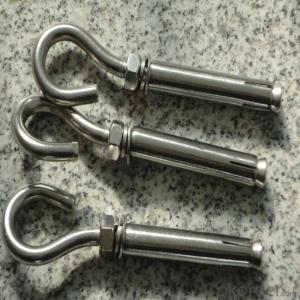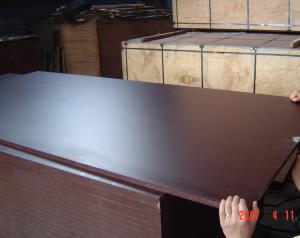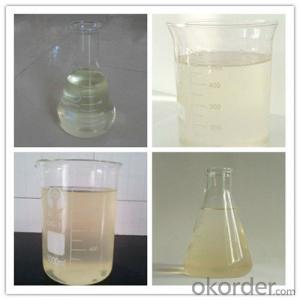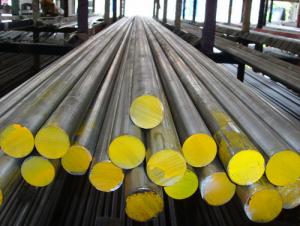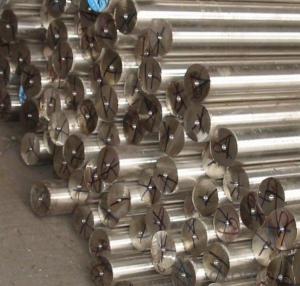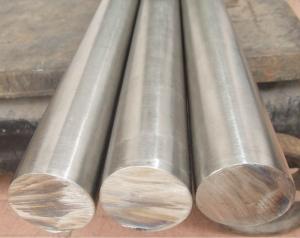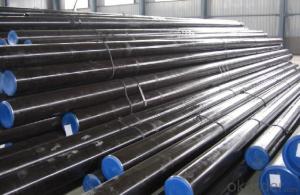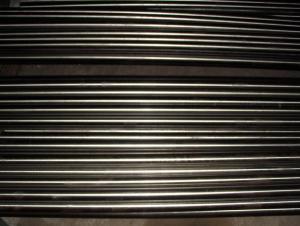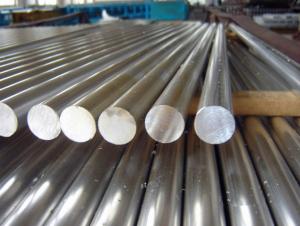Black Stainless Steel Gas Range
Black Stainless Steel Gas Range Related Searches
Best Paint For Stainless Steel Paint For Galvanized Steel Steel Frames For Furniture Self Tapping Screws For Steel Surface Grinding Wheels For Hardened Steel Hole Saw For Stainless Steel Paint For Stainless Steel Stainless Steel For Bbq Step Bit For Stainless Steel Sponge For Stainless SteelHot Searches
Cheap High Tea Sets For Sale Portable Led Signs For Sale Stone Hot Water Bottles For Sale Large Led Screens For Sale 1/4 Aluminum Plate For Sale H4 Led Headlight Bulbs For Sale Air Pump For Aquarium Price Inverter Size For Solar System Solar Thermal Collectors For Sale Used Finger Joint Machine For Sale Aluminum Dock Plate For Sale Aluminum Plate For Sale Near Me Solar Chips For Sale Solar Business For Sale Solar Controllers For Sale Pipe Staging For Sale Aluminum Stock For Sale Near Me Used Electrical Wire For Sale 6 3 Electrical Wire For Sale Steel Mesh Panels For SaleBlack Stainless Steel Gas Range Supplier & Manufacturer from China
Okorder.com is a professional Black Stainless Steel Gas Range supplier & manufacturer, offers integrated one-stop services including real-time quoting and online cargo tracking. We are funded by CNBM Group, a Fortune 500 enterprise and the largest Black Stainless Steel Gas Range firm in China.Hot Products
FAQ
- The average lifespan of stainless steel bars can vary depending on various factors such as the specific grade of stainless steel, environmental conditions, and maintenance practices. However, stainless steel bars are known for their excellent durability and corrosion resistance, which can contribute to a longer lifespan compared to other materials. With proper care and maintenance, stainless steel bars can often last for several decades or even more.
- The distinction between square and rectangular stainless steel bars lies primarily in their shape and dimensions. Square bars possess equal width and height, resulting in a symmetrical square shape. Conversely, rectangular bars feature disparate width and height measurements, resulting in a longer and narrower shape. When seeking a balanced and symmetrical design, square stainless steel bars are often preferred. They find common application in construction, manufacturing, and architectural projects. Their uniform dimensions render them suitable for applications necessitating stability and structural strength, including support beams, frames, and braces. Conversely, rectangular stainless steel bars are selected when a longer and narrower shape is required. This shape permits a more efficient utilization of material, rendering rectangular bars ideal for applications demanding versatility and customization. They are frequently utilized in the machinery, automotive, and aerospace industries, where they can serve as components, supports, or structural elements. It is crucial to note that both square and rectangular stainless steel bars provide similar advantages in terms of durability, corrosion resistance, and strength. The choice between the two hinges on the specific requirements of the project and the desired aesthetic.
- Enhancing the aesthetics of stainless steel bars can be achieved through various types of surface finishes. These finishes are applied to the bar's surface to create the desired appearance and texture. 1. Mirror finish: Among the most popular surface finishes for stainless steel bars is the mirror finish. It produces a highly reflective and smooth surface resembling a mirror. This finish is accomplished by progressively polishing the bar's surface with finer abrasives until a shiny, reflective result is achieved. Architects often opt for this finish when seeking a sleek and modern look. 2. Satin finish: Also known as brushed or matte finish, the satin finish gives the stainless steel bar a soft, brushed appearance. It involves using a fine abrasive material to create a consistent pattern of fine lines on the surface. This finish is commonly used in interior design applications, such as handrails or decorative accents, as it provides a sophisticated and contemporary appearance. 3. Hairline finish: The hairline finish is characterized by a fine, linear grain pattern running along the surface of the stainless steel bar. Achieving this finish involves using abrasive belts or brushes to create a consistent and uniform texture. It is often utilized when aiming for a textured and elegant appearance, such as for appliances or furniture. 4. Bead blast finish: The bead blast finish is created by propelling small glass beads or abrasive particles onto the surface of the stainless steel bar at high velocity. This process results in a uniform and textured surface with a matte appearance. It is commonly employed in industrial or outdoor applications, offering a durable and non-reflective finish that can conceal scratches or imperfections. 5. Patterned finish: Patterned finishes encompass the creation of specific patterns or textures on the surface of the stainless steel bar. Techniques like embossing, etching, or laser engraving can be used to achieve these patterns. The patterns can range from simple geometric designs to intricate and artistic patterns. Architects and decorators often choose patterned finishes to add visual interest and uniqueness to stainless steel bars. Ultimately, the choice of stainless steel bar surface finish depends on the desired aesthetic outcome and the specific application requirements. Whether one desires a sleek mirror finish, a sophisticated satin finish, a textured hairline finish, a rugged bead blast finish, or a custom patterned finish, each type of surface finish can enhance the aesthetics of stainless steel bars in its own distinctive way.
- Indeed, the oil refining manufacturing industry can utilize stainless steel bars. Stainless steel, a flexible and corrosion-resistant material, is widely employed in numerous sectors, including oil refining. Given the corrosive and high-temperature substances involved in the oil refining process, stainless steel bars are well-matched for such conditions. Stainless steel bars possess remarkable corrosion resistance, ensuring their ability to endure the harsh chemicals and corrosive atmospheres present in oil refineries. Additionally, they can maintain their structural integrity even at elevated temperatures, rendering them suitable for manufacturing equipment and components required in the oil refining process. Moreover, stainless steel bars boast excellent mechanical properties, such as high strength and durability, which are imperative for ensuring the dependability and longevity of equipment within the oil refining industry. Their ability to be easily fabricated and machined into various shapes and sizes further allows for customization to meet specific requirements. To summarize, stainless steel bars are highly appropriate for utilization in the oil refining manufacturing industry due to their corrosion resistance, high-temperature resistance, and outstanding mechanical properties. Their capacity to withstand harsh environments and their versatility make them an ideal choice for diverse applications in the oil refining process.
- Yes, stainless steel bars do have some limitations and disadvantages. Firstly, stainless steel bars can be relatively expensive compared to other materials such as carbon steel or aluminum. This higher cost is due to the extensive manufacturing and refining processes required to produce stainless steel, which includes the addition of elements like chromium and nickel. Secondly, stainless steel bars can be more difficult to fabricate and shape compared to other metals. The high strength and hardness of stainless steel can make it challenging to cut, bend, or weld. Specialized tools and techniques are often necessary to work with stainless steel, which can increase the cost and complexity of projects. Additionally, stainless steel bars are prone to corrosion and staining under certain conditions. Although stainless steel is known for its resistance to rust and staining, it is not completely immune. Prolonged exposure to harsh environments, such as high chloride or acidic conditions, can lead to corrosion and pitting of the stainless steel surface. Regular cleaning and maintenance are required to maintain its corrosion resistance. Lastly, stainless steel bars may not be suitable for applications that require high magnetic permeability. While some stainless steel alloys possess a certain degree of magnetic properties, they are generally considered to be non-magnetic. For applications that require strong magnetic properties, other materials such as iron or nickel-based alloys may be more suitable. Overall, while stainless steel bars offer numerous advantages such as excellent strength, durability, and resistance to corrosion, they do have limitations and disadvantages that need to be considered depending on the specific application and project requirements.
- Yes, stainless steel bars can be powder coated. Powder coating is a process in which a dry powder is applied to the surface of an object and then heated to create a durable and protective coating. While stainless steel is known for its corrosion resistance, powder coating can provide additional benefits such as enhanced aesthetics, improved durability, and increased resistance to chipping, scratching, and fading. Powder coating stainless steel bars can also allow for customization in terms of color and finish, making it a popular choice in various industries, including architecture, automotive, and manufacturing.
- In acidic environments, stainless steel bars can indeed be utilized. The corrosion resistance of stainless steel is well-known, and this particular characteristic proves especially advantageous in acidic conditions. The presence of chromium in stainless steel gives rise to the formation of a passive layer on its surface, thereby providing protection against the corrosive effects of acids. This passive layer acts as a barrier, effectively preventing acid from infiltrating the steel and causing harm. Nevertheless, it is crucial to acknowledge that the corrosion resistance of stainless steel may differ based on the specific grade and composition. In exceedingly aggressive acidic environments, it may be necessary to employ a more corrosion-resistant grade of stainless steel or administer additional protective coatings.




















